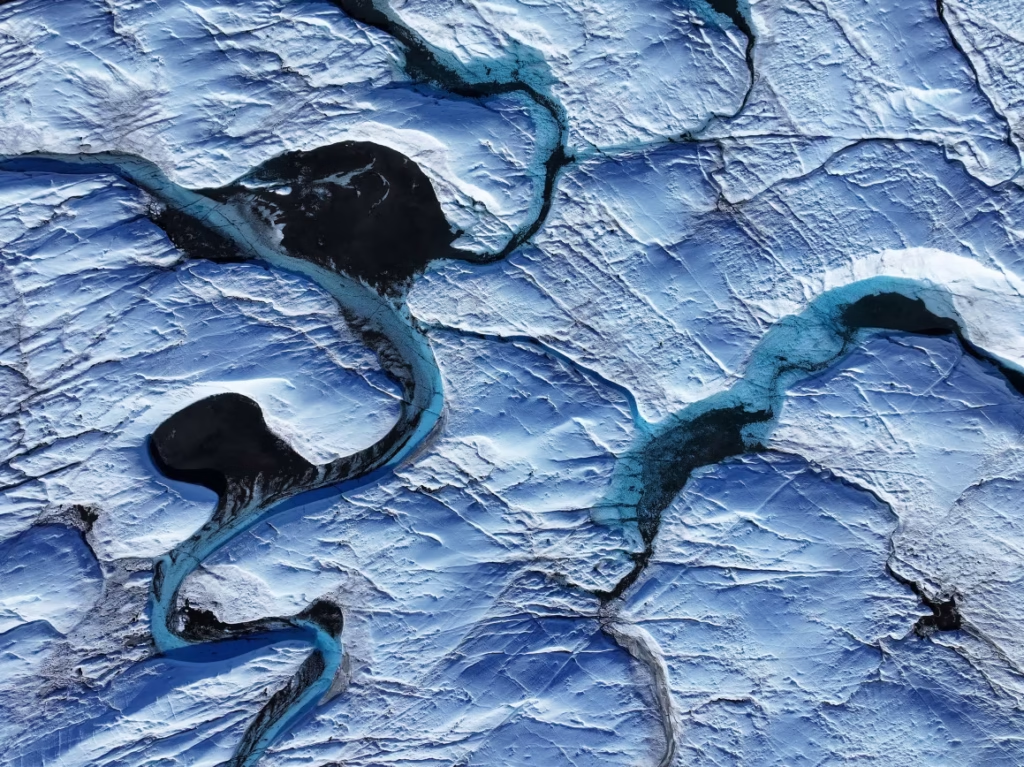A new scientific review has cast doubt on ambitious geoengineering proposals aimed at slowing the melting of Arctic and Antarctic ice. Ideas such as building massive underwater curtains to block warm ocean currents, scattering reflective glass beads over snow to bounce back sunlight, thickening sea ice by pumping seawater onto the surface, and injecting aerosols into the atmosphere have been studied. While they sound dramatic, scientists warn they are unrealistic, extremely costly, and could cause unintended damage to fragile ecosystems.
The research, published in the journal Frontiers in Science, evaluated these strategies using six key measures: effectiveness, cost, scalability, environmental risk, governance challenges, and the danger of creating false hope. None of the proposals scored well. Experts said that not only would such mega-projects demand enormous resources, they might also shift attention away from the proven path of reducing greenhouse gas emissions.
Some scientists caution against dismissing all geoengineering concepts too quickly. They argue that further exploration could be useful in the event of a climate emergency, and that future technology might overcome current limitations. However, the review stresses that today’s reality leaves little room for such risky bets, and that the most reliable way to protect polar regions is to cut carbon pollution rapidly.
The urgency is clear. Polar ice sheets are melting at alarming rates, contributing to rising sea levels that threaten coastlines worldwide. If emissions continue unchecked, no technological shortcut will be able to prevent widespread consequences for communities, ecosystems, and global weather patterns. While innovative ideas can spark debate, scientists agree that emission cuts remain the safest and most effective tool for protecting the planet.


